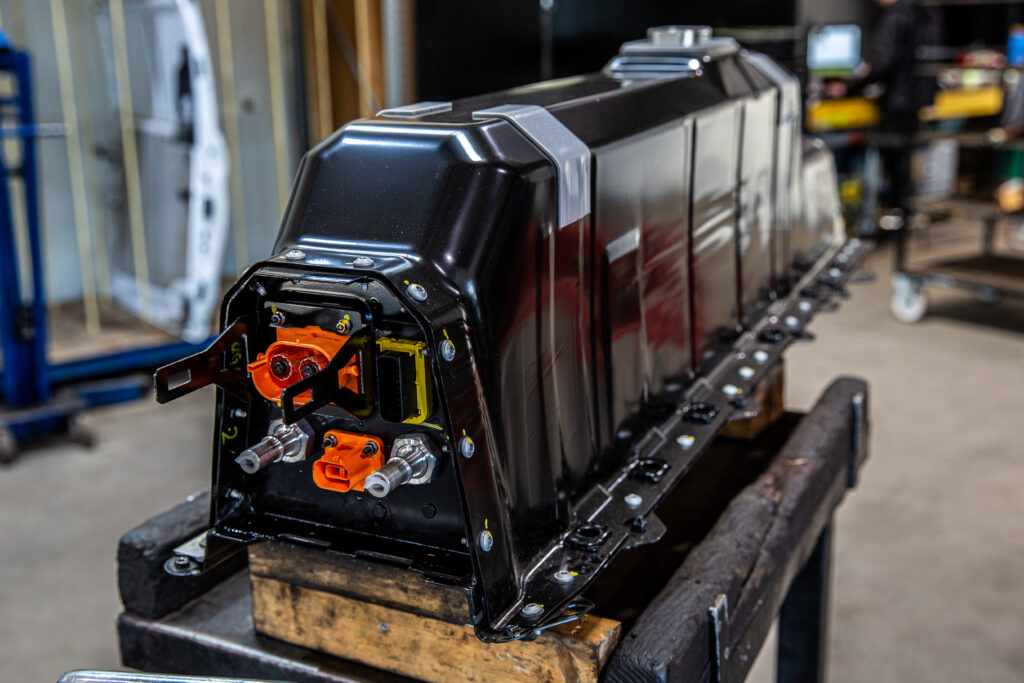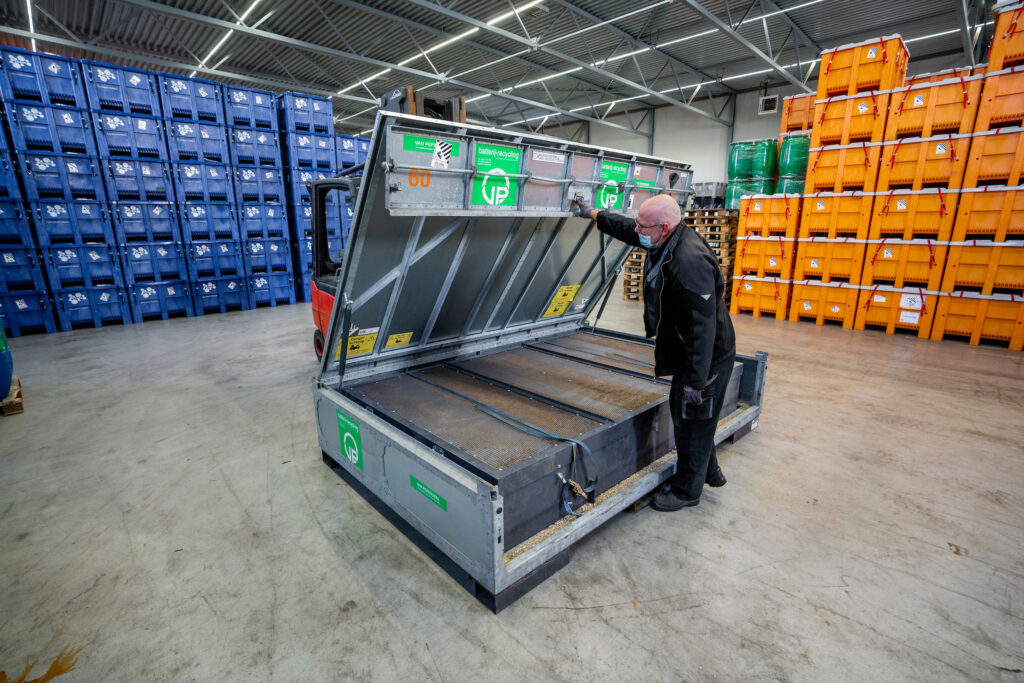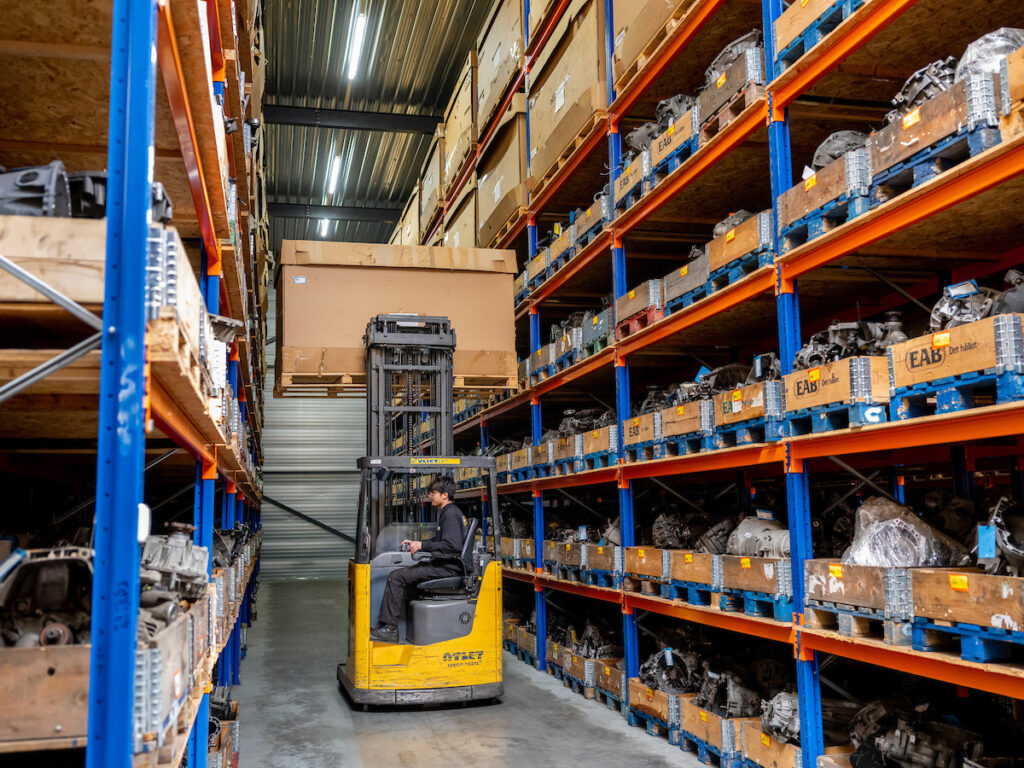On Friday, 9 December 2022, the European Parliament and the Council of Europe reached a provisional agreement to review the EU’s regulations on batteries, taking into account the relevant technological developments and future challenges. The regulations that were agreed cover the complete life cycle of batteries, from their design all the way to end-of-life measures. And they will be made applicable to all types of batteries sold in the EU: portable batteries, batteries for the starting, lighting or ignition (SLI) of vehicles, batteries that power the traction of wheeled vehicles, such as electric scooters and bicycles (LMT), batteries for electric vehicles (EV) and industrial batteries.

“There is indeed much in store for both cars and EV batteries and, together with the recycling chain, we will prepare for it,” assures Kes. “But whatever is expected of us, we must do it in harmony with the market.”
Janet Kes, battery & quality assurance manager
Battery Regulation to replace current legislation
The decision taken at European level last December gives the green light to the new Battery Regulation, which will replace the current battery management legislation (Bbb). The Regulation is expected to be published in 2023, explains Janet Kes, Battery & Quality Assurance Manager at ARN. Every EU member state will then have a maximum of two years to implement this European decree in its domestic legislation. “Looking at the current wording, it will also have consequences for the situation here in the Netherlands and its implementation by ARN.”
Kes feels that in Europe there must be more control over and recovery of (secondary) raw materials from things like end-of-life batteries. And to be able to monitor this, a battery passport is to be introduced and recycling targets will be tightened. . “Together with the battery recycling chain, we are going to have to figure out how to cope with the larger volumes of end-of-life batteries that we are expecting in future. With the new Regulation in mind, we are, at the moment, busy preparing for it.”
ARN is a member of Eucobat – the European association of national collection schemes for batteries. Through this association, discussions have been held with policymakers in Brussels. For its part, ARN is striving for better definitions for remanufacturing (repairing for the same application) and repurposing (reusing), because these definitions have direct links to the person or company responsible for the battery. If the application of a collected battery changes, the responsibility also passes on to the person bringing the “new” product onto the market. In the new Regulation there are currently definitions that stipulate this.

The storage of batteries
When it comes to the storage of lithium batteries, current regulations are insufficiently clear. Work has therefore been underway for a while now on what is known as PGS37 (with PGS standing for publications relating to hazardous materials), which will document regulations for the storage of lithium batteries. However, while its publication was expected in 2022, this has now been postponed until sometime in 2023. Legislation will refer to the PGS37, which was actually published for perusal purposes in March 2022. Kes expects PGS37 to be finalised in 2023.
ELV Directive
The recycling of cars has also been scrutinised at European level. The current European directive for end-of-life vehicles – which is already 23-years-old – is undergoing revision. In preparation for the European Commission’s new directive, a great deal of input has been harvested from the market during the past few years. And studies have been made to determine the direction the regulation will take. It is likely that the 3R Directive and the ELV Directive will be merged into a new directive, with the first draft expected later this year. The definitive directive will probably take another two years. “The sector is going to need time to adapt to this changing legislation,” cautions Kes. “For ARN and our chain partners, an initial draft is useful, because it shows direction.” .” During IARC 2022, the European Commission gave a presentation about what that direction is likely to be. “And this has made it increasingly tangible for us.”

Key objectives of the revision
The three most important areas affected by the revision of the new end-of-life vehicles directive are:
- improving circularity, in ways that include the better and higher-value recovery of materials, the use of more recycled materials in new vehicles, and stimulating the use of second-hand parts;
- improving the traceability of vehicles inside and outside the EU;
- expanding the scope to include other vehicles.
How can we prepare for these new regulations?
ARN is well prepared for the expected new legislation and regulations for both cars and batteries. “There is indeed much in store for both cars and EV batteries and, together with the recycling chain, we will prepare for it,” assures Kes. “But whatever is expected of us, we must do it in harmony with the market.”